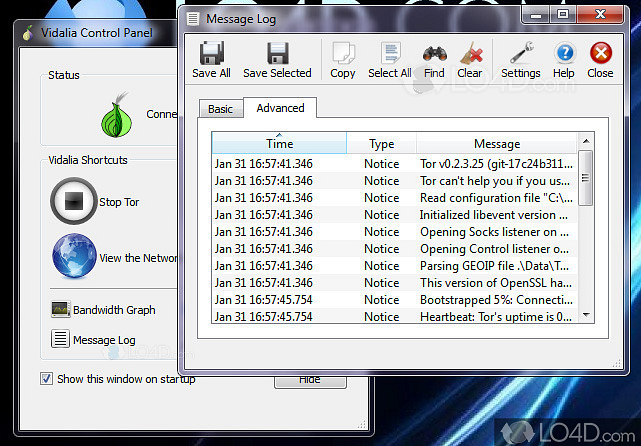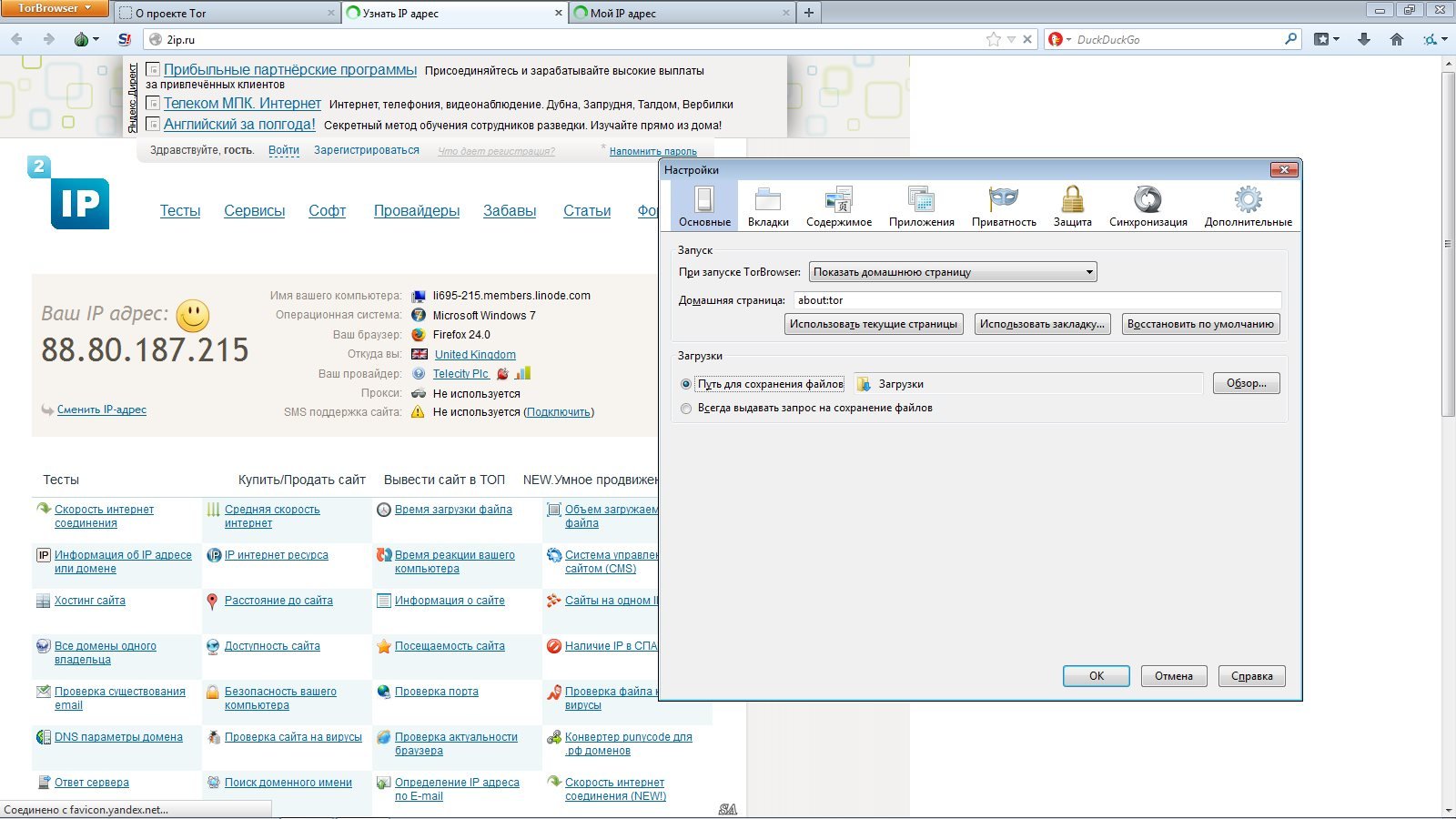

In addition, you can always right click on that Vidalia settings onion icon to change settings (e.g., to exit the process so that you may start anew, since you can't have more than one Vidalia process running at a time). The Vidalia control panel has its own purple-and-green onion icon that goes to green when it's done connecting you to the Tor nodes, or to white with a red x when you're not connected properly. The Tor Browser Bundle browser is clearly separate from the Firefox browser icon (so that you don't have to constantly keep checking which browser you're using)Ģ.
Tor browser bundle location windows#
On all other operating systems, including Windows & on RHEL6, when you start the Tor Browser Bundle, two things happen.ġ. QUESTION: How do we add a separate launcher onion icon for the Tor Browser Bundle () on Unity Ubiquiti 13.10?

App/Firefox/firefox to use the tor profile. App/Firefox/firefox by itself will simply use the default profle (the one you use in normal Firefox). This is because Firefox uses 'profiles' to separate the custom settings each user/program has created, and running. tor-browser_en-US/App/Firefox/firefox doesn't run the custom Firefox version that is the Tor Browser, it simply runs normal Firefox as if you had typed "firefox" into a terminal (you can check this by looking at the version number of the window that pops up - Tor uses FF 17 ESR). However, running the firefox executable in. The same thing happens when you simply run 'firefox' from the terminal. desktop, making the two processes occupy the same entry in the launcher. desktop, Unity automatically ties it to the default Firefox. Since this customized version of Firefox is executed directly, and not through a. The Vidalia Control Panel runs a customized version of Firefox found in. So separating Tor and Firefox is a matter of creating separate. desktops represent different entries (even if they have the same icon). EDIT: Jump to post #22 () to get a good summary of what the problem is:


 0 kommentar(er)
0 kommentar(er)
